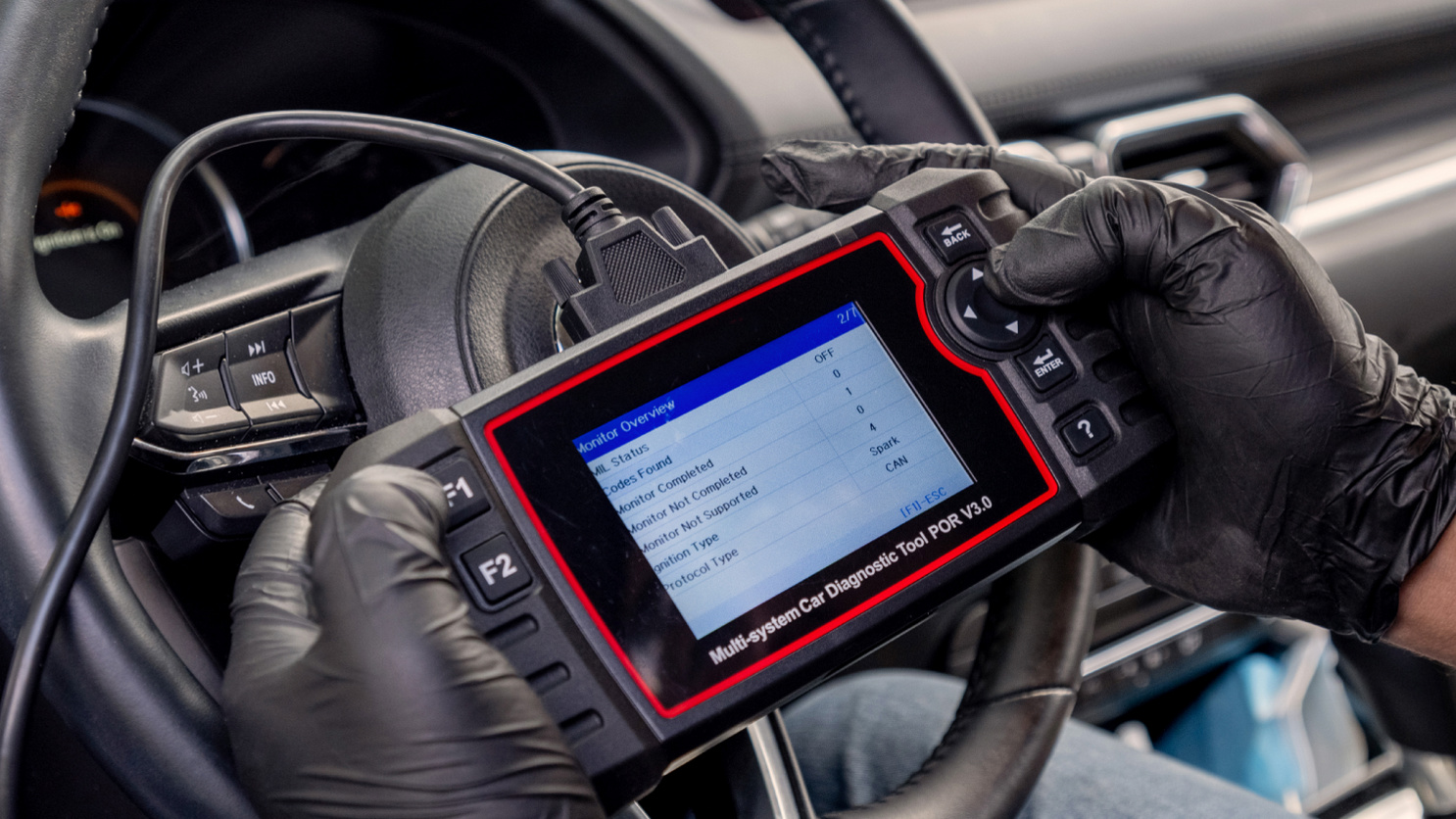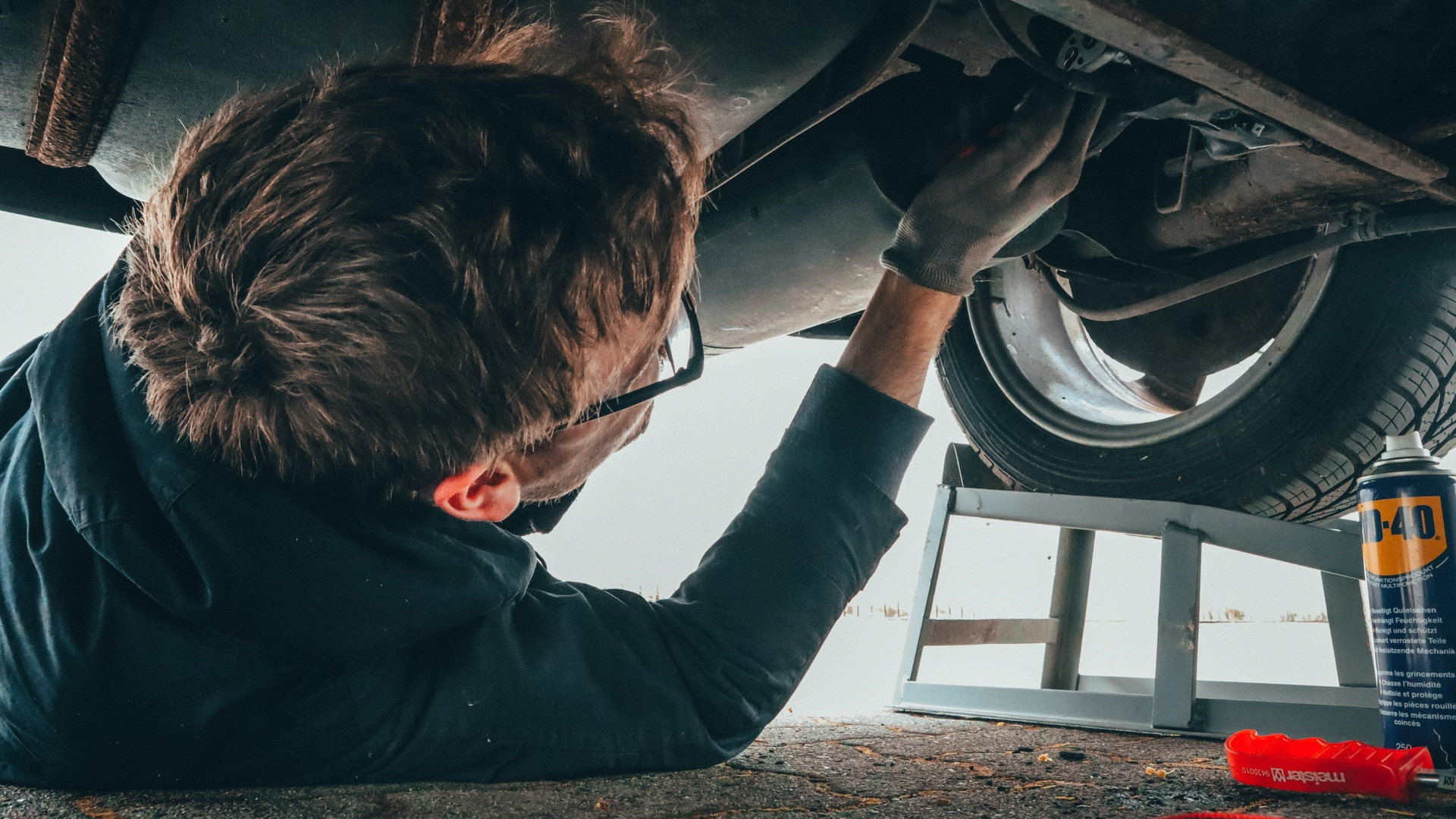A Comprehensive Pre-Delivery Inspection Guide For Used Cars: Decoding Used Car Quality

Purchasing a used car can be an exciting yet nerve-wracking experience. While the lower price tag is appealing, the potential pitfalls of hidden issues can’t be ignored. One effective way to mitigate these risks is by conducting a thorough pre-delivery inspection (PDI) before finalizing your purchase. This comprehensive checklist aims to guide you through the key aspects of a PDI, empowering you to make an informed decision on your next used car purchase.

Before looking at the steps to inspect a used car, we are sure you want to know tips for buying a used car as well. Here is a complete guide on buying a used car from a private seller. Now, on to the used car PDI.
The process for inspecting a used car differs in several ways when compared to a new car’s pre-delivery inspection (PDI), as detailed in this blog. In the case of a used car PDI, assessing the overall health and condition of the vehicle plays an important role. But let us start with the most common inspection of a used car.

Exterior Examination
Begin your used car inspection by giving the car’s exterior a detailed once-over. Look for any signs of rust, dents, or paint inconsistencies. Pay close attention to panel gaps, which should be uniform. Uneven gaps could indicate previous collision damage. Please note, if the car is not repainted, then it is most likely to have never been involved in an accident.
Car Glass Examination
Why check the car’s windows? It’s a way to see if the car had a big crash before. Every window has a date stamp in one corner. All these stamps should match the car’s manufacture year. If just one is different, it might mean that window was changed. This doesn’t always show if a used car had accidents, but it’s an easy way to check.

Vehicle History Report & Document Inspection
You should ask the seller if they have a complete record of the used car’s service history for sale. Many brands and garages can provide a vehicle’s service history using its VIN (Vehicle Identification Number). Normally, only the car’s owner can request this and give you the full vehicle history. If you can’t get the history, you can take the car along with the owner to one of the Tasjeel centres in the UAE for a thorough inspection report to check the car’s condition.
This step will also help you to check if the registration and insurance documents match the description of the car, when new. Any changes can be spotted here too.

Under The Bonnet Inspection
The condition of the engine bay will usually determine if the car has been cared for or not. Do not expect a super-clean engine bay, instead, you can check if all the fluids are topped up. This includes engine oil, brake fluid, coolant and steering fluid. Also, check if the car’s battery is in good condition. Also check for signs of fresh paint, which might suggest an attempt to cover up previous damage. Finally, examine the engine mounts for any signs of recent repairs.
Interior & Electrical Inspection
Buying a mechanically sound car is one of the criteria. Because mostly you’ll be spending most of your time sitting inside the car. Hence, checking for any interior damage is important. Check the carpet for smell if there has been any water leakage as it usually leaves a stain or musty smell.
Check for the right operation of power-operated features such as lights, horn, wipers, windows, external mirrors, seats, seat Ventilation, air conditioning and more. Also, do not forget to check for the proper functioning of the infotainment system.

Tyre Condition
Ask the seller when the car’s tyres were changed. The RTA won’t approve the car for registration renewal if the tyres are over 4 years old in the UAE. Remember to also inspect the spare tyre and tools of the car. Find out more about when you need to change your car tyres in this guide.
Test Drive
This is the most important step of the pre-delivery used car inspection. If you are not familiar with assessing the car’s performance on the road, we would recommend seeking a professional’s help. But, it is not too hard to do it yourself.
Engine Assessment: Check if the engine is smooth. If you hear a rattling noise, then check further at a service centre.
Performance Assessment: If the car is cared for with regular service, it should drive as good as new regardless of how many kilometres it has been driven.

Clutch Assessment: If it is a manual car, then check if the operation of the clutch is smooth. A heavy clutch generally means the clutch has seen better days.
Brake Assessment: This is most important in your test drive assessment of a used car. A car should be able to stop well without any judder sent to the steering wheel.
Apart from this also check for ride comfort. If the car is in bad condition, you’ll often feel the car is unsettling going over bumps and potholes.
There is a small hack to assessing the used car’s performance. If the car you are buying is still on sale in the new car market, you can take a test drive of the car and use it as a reference to the used car that you are buying.

Bonus Tip: Used Car Ownership Transfer
Now that you know the required steps for pre-delivery used car inspection, you can go ahead with the purchase. RTA recently made used car purchases easier by introducing an online ownership transfer service in the UAE.
If you want to check what is the market value of the used car that you buying, you can check DubiCars’ free car evaluation online tool to get transparent pricing.
Planning to purchase a used car? Finding it difficult to get a car to match your budget and preference? Check out DubiCars’ exhaustive list used cars on sale in the UAE. We do have a list of new cars that are on sale in the UAE as well.








